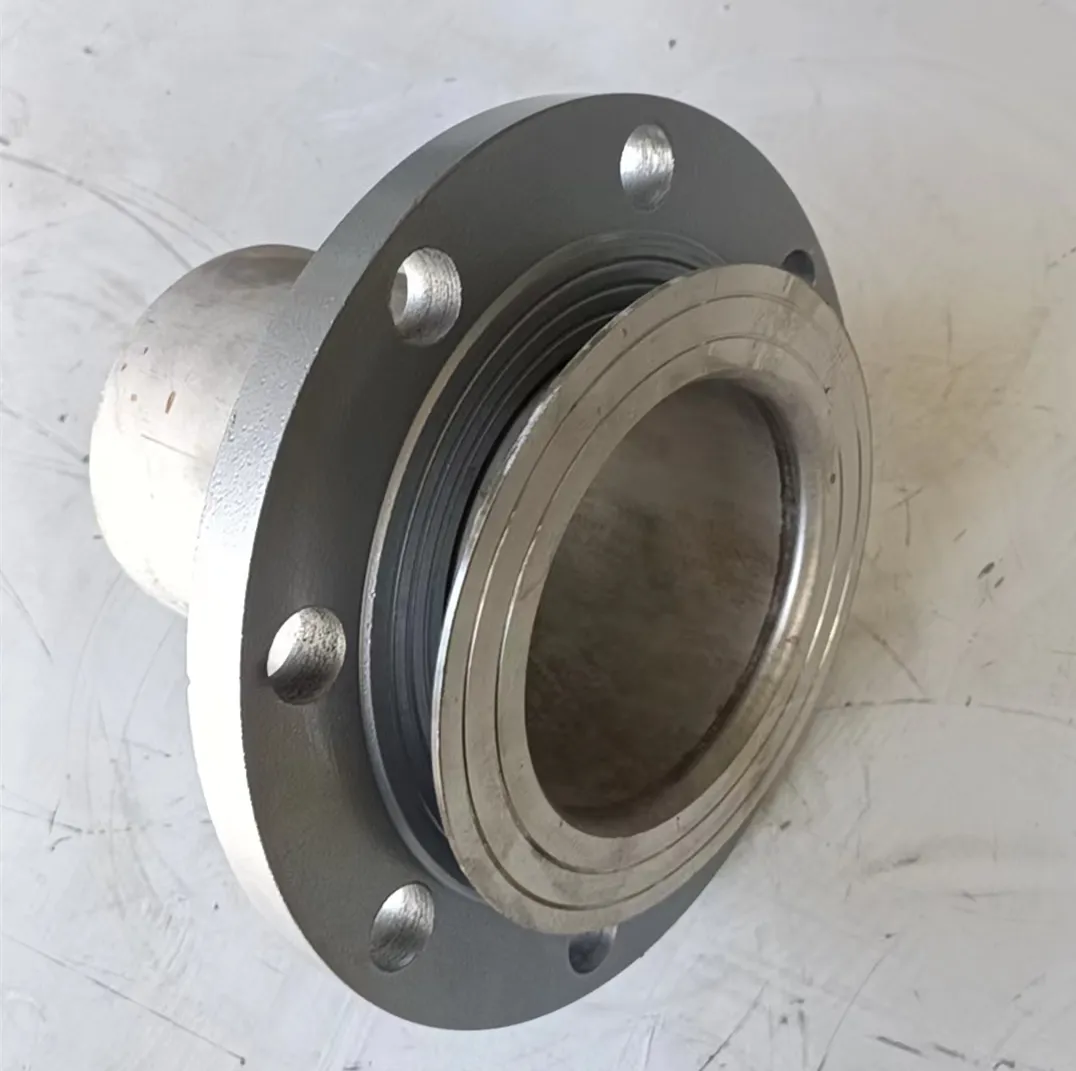loading...
- No. 9, Xingyuan South Street, Dongwaihuan Road, Zaoqiang County, Hengshui, Hebei, China
- admin@zjcomposites.com
- +86 15097380338
- Welcome to visit our website!
structural frp fiberglass
The Role of Structural FRP (Fiber Reinforced Polymer) Fiberglass in Modern Engineering
In recent years, the demand for innovative materials in engineering and construction has surged. Among these materials, Structural Fiber Reinforced Polymer (FRP) fiberglass has gained prominence due to its unique properties and versatile applications. FRP composites, composed of a polymer matrix reinforced with fibers such as glass, carbon, or aramid, have revolutionized various sectors, including civil engineering, aerospace, automotive, and marine industries.
Advantages of Structural FRP Fiberglass
One of the most significant advantages of structural FRP fiberglass is its exceptional strength-to-weight ratio. This characteristic makes FRP a preferred choice for applications where reducing weight is critical, such as in bridge construction and building reinforcements. Unlike traditional materials like steel and concrete, FRP does not corrode, which significantly enhances durability and lowers maintenance costs over the material's lifespan.
FRP is also highly adaptable; it can be molded into complex shapes, allowing for innovative designs that can meet specific architectural and engineering requirements. The material's light weight facilitates easier handling and installation, reducing labor costs and construction timelines. Moreover, FRP can be manufactured to resist various environmental factors, making it suitable for both indoor and outdoor applications.
Applications in Civil Engineering
In civil engineering, structural FRP fiberglass is used extensively in the construction of bridges, buildings, and other infrastructures. Its anti-corrosive properties make it particularly valuable in marine environments or in areas where de-icing salts are used on roads. For instance, FRP reinforced concrete structures can drastically increase their longevity, reducing the frequency and cost of repairs.
Additionally, FRP reinforcement is increasingly being used in retrofitting and strengthening older buildings. Engineers can add FRP strips or plates to existing concrete or masonry structures to improve their load-bearing capacity without significantly increasing the weight. This method aligns with sustainability goals, as it extends the life of existing structures rather than necessitating demolition and new construction.
structural frp fiberglass

Challenges and Considerations
While the benefits of structural FRP fiberglass are clear, there are challenges associated with its use. The initial cost of FRP materials can be higher than traditional construction materials, which can be a barrier for some projects. However, when considering the long-term savings in maintenance and durability, FRP often presents a more economical solution over time.
Another consideration is the need for specialized knowledge and skills for proper installation and design. Engineering teams must be familiar with the unique properties of FRP and how they differ from traditional materials. This can require additional training or consultation with FRP specialists to ensure effective application.
Future Innovations
The future of structural FRP fiberglass looks promising, supported by ongoing research and technological advancements. Innovations in manufacturing processes are expected to lower production costs, making FRP more accessible to a wider range of projects. Additionally, the integration of smart technologies, such as sensors within FRP composites to monitor structural integrity, is being explored. This could revolutionize how maintenance is approached, leading to safer and more efficient infrastructure management.
Conclusion
Structural FRP fiberglass is redefining the landscape of engineering and construction. Its unique combination of strength, light weight, and resistance to environmental factors equips engineers with a powerful tool to meet modern-day challenges. As industries embrace sustainability and innovation, the adoption of FRP materials is expected to grow, paving the way for more resilient and efficient structures. The ongoing evolution in this field signals a shift towards more intelligent design and construction practices, ultimately enhancing the functionality and durability of the built environment.
-
The Rise of FRP Profiles: Strong, Lightweight, and Built to LastNewsJul.14,2025
-
SMC Panel Tanks: A Modern Water Storage Solution for All EnvironmentsNewsJul.14,2025
-
GRP Grating: A Modern Solution for Safe and Durable Access SystemsNewsJul.14,2025
-
Galvanized Steel Water Tanks: Durable, Reliable, and Ready for UseNewsJul.14,2025
-
FRP Mini Mesh Grating: The Safer, Smarter Flooring SolutionNewsJul.14,2025
-
Exploring FRP Vessels: Durable Solutions for Modern Fluid HandlingNewsJul.14,2025
-
GRP Structures: The Future of Lightweight, High-Performance EngineeringNewsJun.20,2025
